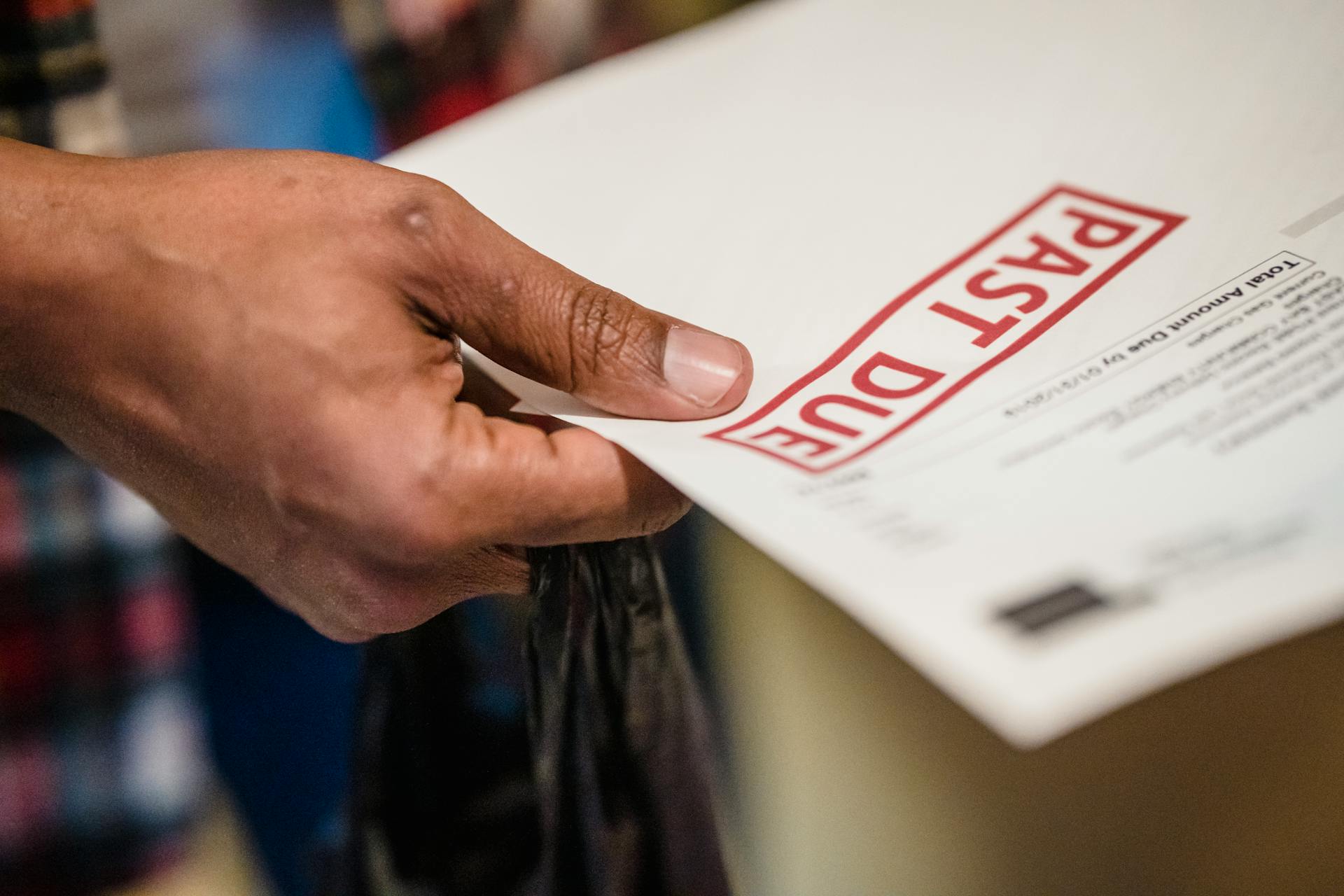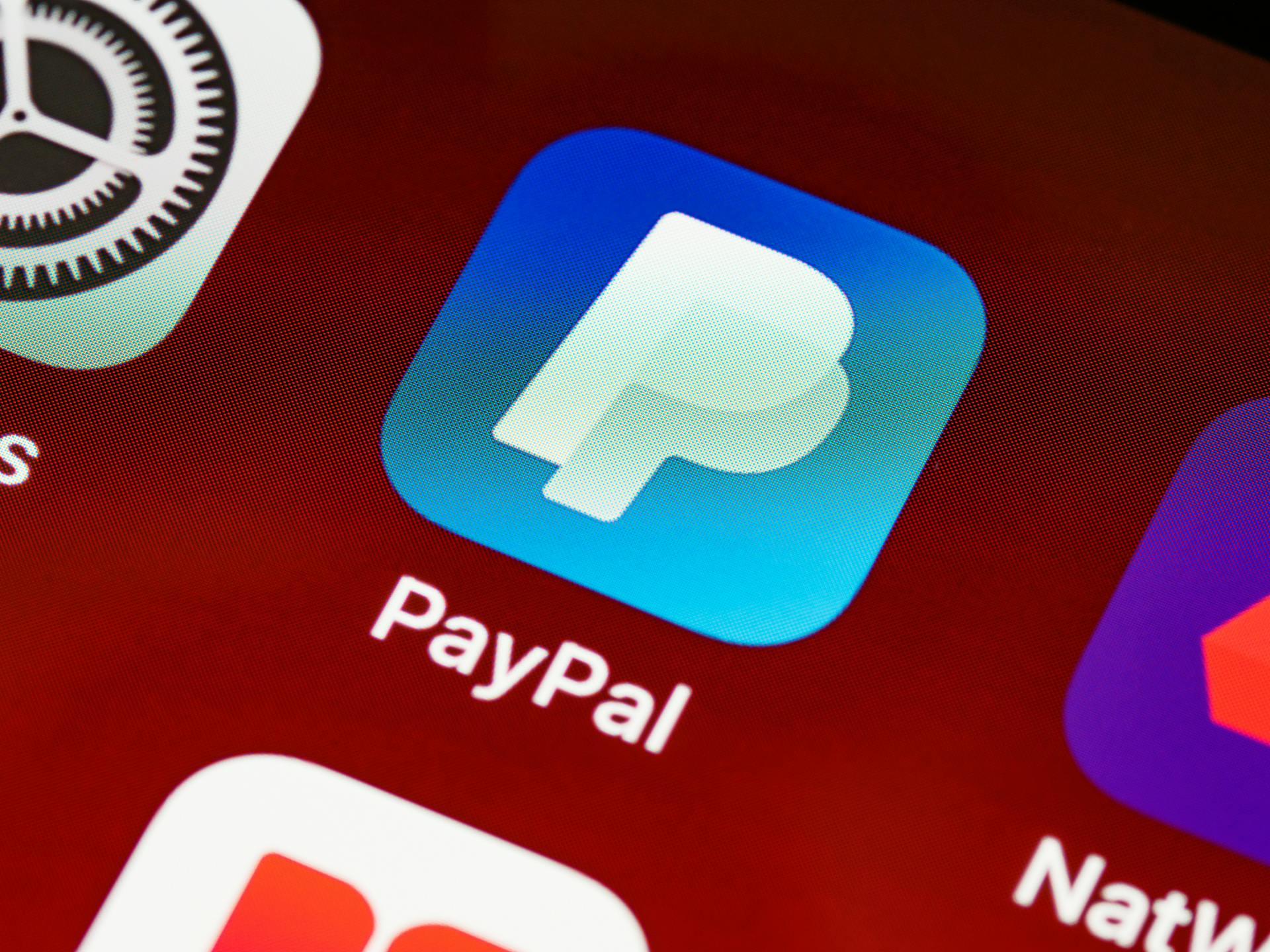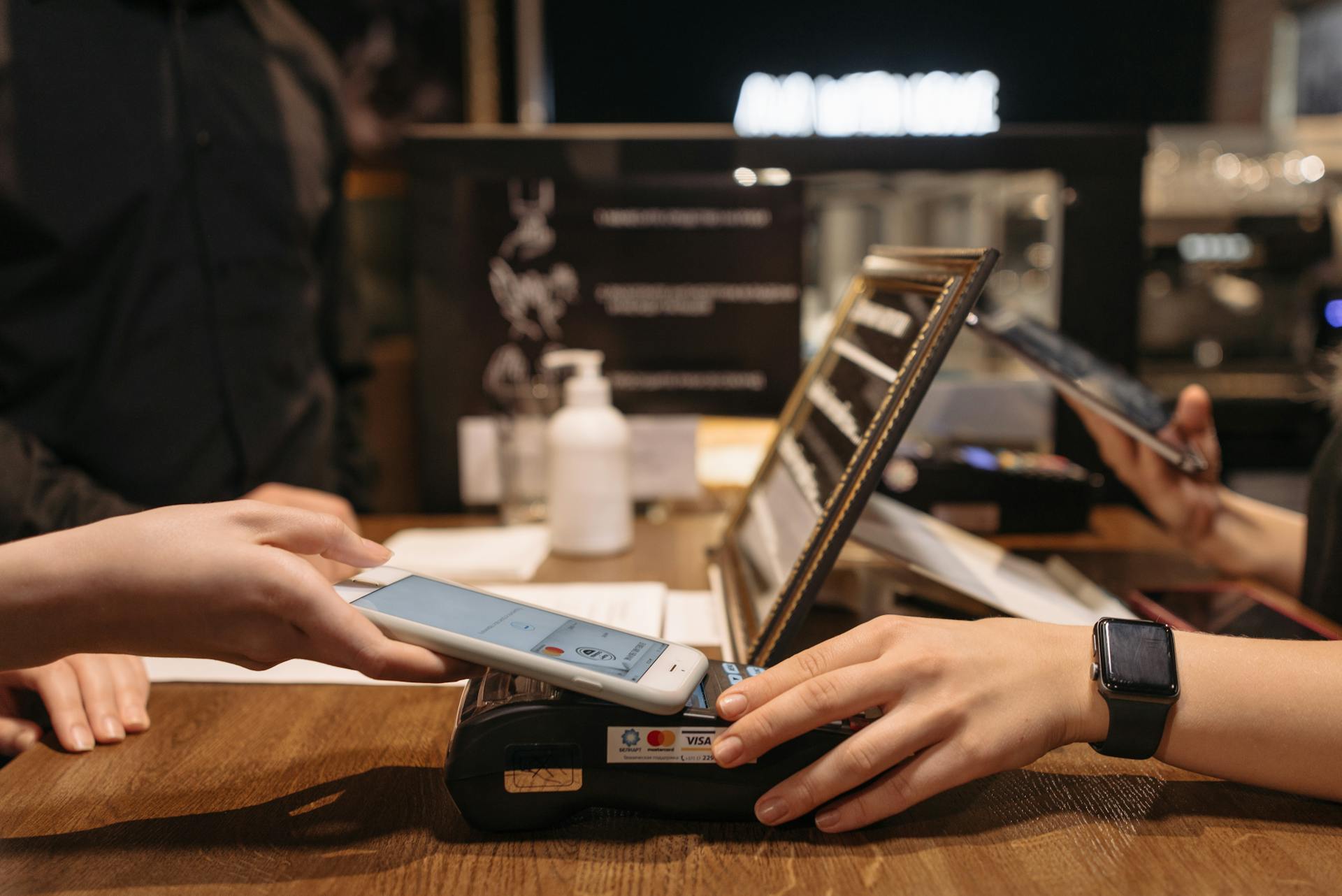
Direct carrier billing is a payment method that lets you buy digital goods and services directly from your phone bill. This means you don't need to enter your payment details or have a credit card.
You can use direct carrier billing to buy digital content from various stores, such as Google Play, Apple App Store, and Amazon. It's a convenient option for those who don't want to share their payment information online.
The process usually involves a one-time authorization, where the carrier sends a text message or prompts a pop-up to confirm the transaction.
If this caught your attention, see: Treasurydirect T Bill Rates
What Is Direct Carrier Billing?
Direct Carrier Billing is a payment method that's more streamlined than premium SMS billing. It doesn't require users to register, log-in, or send an SMS to complete checkout.
This method is especially popular for mobile websites, applications, and games. It allows merchants to support direct carrier billing from customers using their mobile phones or from users checking out from a computer or tablet.
Carriers need special clearance from their Central Banks to offer this service, which turns their product into a money service business. This is why direct carrier billing isn't available in all countries.
Additional reading: Sms Banking
How It Works
Direct carrier billing is a simple process that allows you to charge digital purchases to your phone bill.
You don't need to enter any payment information or have a credit card to use this method.
Your carrier acts as a middleman, facilitating the transaction between you and the digital content provider.
This means you can make purchases in a few easy steps, without having to worry about payment details.
The carrier will then add the charge to your next bill, making it easy to keep track of your expenses.
You might like: How to Pay with Digital Wallet
Benefits and Accessibility
Direct carrier billing offers several benefits and accessibility features that make it a convenient payment option.
One of the main advantages is easy accessibility, as it eliminates the need to sign in each time you make a purchase.
DCB is widely usable and accessible due to its support for smartphones, tablets, and even feature phones.
This simplifies the payment process, making it easy to use and reducing the need to add lengthy details and sensitive information.
Airtime Transfer
Airtime transfer is a convenient way to buy and sell mobile airtime credits. In some countries, mobile carriers have built distribution networks that allow users to transfer credits to each other in a peer-to-peer manner.
Users with special SIM cards can transfer credits to others, making it possible for mobile carriers to reach a wide network without relying on physical stores. This method is common in Africa and Southeast Asia.
In some countries, P2P transfers are even authorized, allowing users to transfer airtime directly from one another. This method can be used as a payment method, where the transferred airtime is then sold in a secondary market.
By transferring airtime, both the reseller and the service can benefit, with the reseller making a profit and the service receiving the proceeds of the traded airtime.
For more insights, see: Do Other Countries Have Credit Cards
Easy Accessibility
DCB is a payment method that's directly linked to your mobile phone bill, eliminating the need to sign in each time you make a purchase.
Consider reading: B of a Mobile Banking App

This convenience makes it widely usable and accessible, supporting not just smartphones but also tablets and feature phones.
The lack of need to sign in every time you buy something is a significant advantage, making the payment process much smoother and more efficient.
DCB's design simplifies the payment process, not requiring you to add lengthy details or sensitive information related to the payment.
This ease of use is one of the most important traits that DCB offers to its consumers, making it a hassle-free experience.
Related reading: Process Credit Cards
Security and Concerns
Direct carrier billing has been criticized for its lack of transparency, with some users unaware of the charges until they receive their next phone bill.
Consumers may be charged for unauthorized transactions, such as premium rate services or apps, due to a lack of clear communication from the carrier.
Carriers often rely on third-party providers to manage direct carrier billing, which can lead to security risks and data breaches.
Direct carrier billing transactions are typically processed through a secure server, but the risk of unauthorized access still exists.
Users have reported cases of fraudulent charges, including purchases made by someone else using their phone.
Carriers have implemented various security measures to prevent unauthorized transactions, such as two-factor authentication and transaction limits.
Payment Methods and Integration
Paymentwall's Mobiamo allows merchants to accept mobile payments via Direct Carrier Billing in over 80 countries worldwide.
You can integrate Muvi with your preferred telecom service provider without any development assistance, using a simple form in the CMS.
Consumers find it easy to trust Direct Carrier Billing as all payments are processed through their telecom operators, who have a proven track record of secure transactions.
Direct Carrier Billing has deployed a high-level security system, ensuring secure payment processing.
The total number of registered mobile money accounts reached 1 million in 2018, showing a 20% growth over the previous year.
Types of
There are several types of payment methods that businesses can use to process transactions.
Online payment gateways like PayPal and Stripe allow for secure and convenient transactions.
In-person payments can be made using credit and debit cards, as well as digital wallets like Apple Pay.
Mobile payment methods like Google Pay and Samsung Pay enable users to make payments using their smartphones.
Bank transfers are another type of payment method that involves transferring funds directly from one bank account to another.
Tokenization is a method of payment integration that replaces sensitive payment information with a unique token, improving security and reducing the risk of data breaches.
You might enjoy: Using Your Mobile Banking App You Can
Integrate with Preferred Telecom
You can integrate your streaming platform with your preferred telecom service provider using Muvi's simple form in their CMS.
Muvi currently supports 50+ telecom service providers across the world, making it a convenient option for businesses.
This integration allows you to accept payments via Direct Carrier Billing, a trusted and secure payment method that processes payments through telecom operators.
The total number of registered mobile money accounts in 2018 reached million, showing a growth of 20% over the previous year.
With Muvi, you can customize payments via Direct Carrier Billing as per your geography and business requirements.
You can also accept payments via DCB in multiple currencies and customize payment flows as per your needs.
History and Evolution
Direct carrier billing has been around since the early 2000s, when it was first introduced by Finnish mobile operator Sonera.
The first direct carrier billing transaction took place in 2002, marking the beginning of a new era in mobile payments.
In 2004, Sonera launched a mobile payment service in Finland, allowing users to pay for digital content with a single click.
Direct carrier billing gained momentum in the mid-2000s, with several major carriers worldwide adopting the technology.
By 2007, over 20 million users had made direct carrier billing transactions, with a total value of over $1 billion.
The service's convenience and ease of use made it a hit among mobile users, who could now easily purchase digital goods and services without the need for separate payment accounts.
Take a look at this: First Ledger Xrpl
Frequently Asked Questions
Where can I use direct carrier billing?
You can use Direct Carrier Billing to purchase digital goods and services on various platforms, including mobile apps, online stores, and entertainment websites. This convenient payment method is widely accepted across many digital marketplaces.
Sources
- https://routemobile.com/blog/direct-carrier-billing-a-bridge-towards-convenient-billing-commerce/
- https://blog.paymentwall.com/news/an-introduction-to-mobile-carrier-billing
- https://www.muvi.com/one/features/direct-carrier-billing-for-video-audio-streaming/
- https://mcpinsight.com/the-rise-of-direct-carrier-billing-dcb/
- https://staging.linkit360.com/direct-carrier-billing-a-bridge-towards-convenient-billing-or-commerce/
Featured Images: pexels.com


